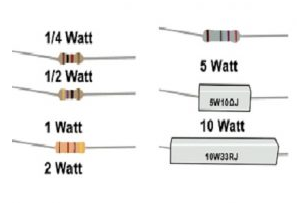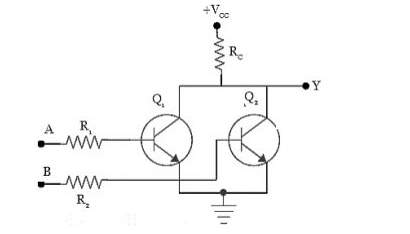Low TCR Resistor Power Rating: Selection Guide, Applications & How to Avoid Overheating
1. What Is a Low TCR Resistor Power Rating?
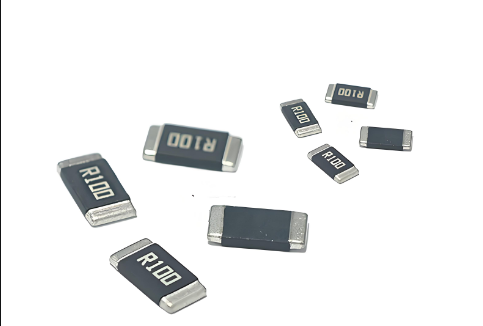
The power rating of a low TCR resistor specifies the maximum power ($P$) it can safely dissipate without exceeding its temperature limit (typically 125°C–150°C). Power dissipation is calculated as $P = I^2R$ (where $I$ = current, $R$ = resistance) or $P = V^2/R$ (where $V$ = voltage). Exceeding this rating causes overheating, which degrades performance and shortens lifespan.
| Power Rating (W) | Typical Use Case | Example Resistance (Ω) | Max Current (A) at 5V |
|---|---|---|---|
| 0.1W | Low-power sensors, precision amplifiers | 10kΩ | 0.007A (7mA) |
| 0.25W | Consumer electronics (LEDs, small motors) | 1kΩ | 0.07A (70mA) |
| 0.5W | Industrial controls, battery management systems | 100Ω | 0.22A (220mA) |
| 1W | Power supplies, motor drivers, high-current circuits | 10Ω | 1A |
2. Key Factors Influencing Power Rating
Low TCR resistors’ power ratings depend on three critical factors:
2.1 Package Size
Larger packages (e.g., 2010 vs. 0805) dissipate heat more effectively. A 2010 package (5.0mm × 2.5mm) typically has a higher power rating (1W) than a 0805 package (2.0mm × 1.25mm, 0.25W).
2.2 Material & Construction
Metal film resistors (e.g., nichrome) have higher power ratings than cermet (ceramic-metal) resistors due to better thermal conductivity. Thick-film resistors also handle more power than thin-film variants.
2.3 Environmental Conditions
Ambient temperature and airflow affect power dissipation. In a 25°C room, a 0.5W resistor may safely handle 0.5W, but in a 75°C enclosure, its effective rating drops to ~0.3W (due to reduced thermal headroom).
3. Low TCR Resistor Selection Guide: Matching Power to Your Application
To select the right power rating, follow these steps:
3.1 Step 1: Calculate Maximum Power Dissipation
Use $P = I^2R$ or $P = V^2/R$ to determine the maximum power your circuit will demand. For example, a 12V circuit with a 100Ω resistor draws $P = (12V)^2 / 100Ω = 1.44W$.
3.2 Step 2: Add a Safety Margin
Always select a resistor with a power rating 20–30% higher than the calculated value to account for unexpected surges. For the 1.44W example, choose a 0.5W or 1W resistor (not 0.25W).
3.3 Step 3: Match Package Size to PCB Layout
Small packages (0603, 0805) suit compact designs but have lower power ratings. Larger packages (1206, 2010) fit high-power circuits but require more PCB space.
| Application | Calculated Power (W) | Recommended Power Rating (W) | Package Size |
|---|---|---|---|
| IoT Sensor (3.3V, 10mA) | 0.001W | 0.1W (20% margin) | 0603 |
| LED Driver (5V, 20mA) | 0.01W | 0.25W (20% margin) | 0805 |
| Industrial Motor Control (24V, 50mA) | 0.29W | 0.5W (20% margin) | 1206 |
4. Applications: Power Ratings in Action
Low TCR resistors are used across industries, with power ratings tailored to specific needs:
4.1 Precision Sensors
Medical thermometers and industrial pressure sensors require low TCR (±10ppm/°C) and low power (0.1W) to avoid self-heating, which distorts measurements. A 10kΩ, 0.1W MELF resistor is ideal here.
4.2 Consumer Electronics
Smartphone LED flash drivers use 0.25W, 1kΩ low TCR resistors to limit current while maintaining color accuracy. The low power rating prevents overheating in compact phone cases.
4.3 Automotive Electronics
EV battery management systems (BMS) demand high-power resistors (1W+) to handle high currents (up to 10A) during charging. A 10Ω, 1W low TCR resistor ensures stable voltage regulation without thermal runaway.
5. Common Problem: Overheating Due to Incorrect Power Rating
Overheating is the most common failure mode for low TCR resistors. Let’s examine a real-world scenario:
| Symptom | Root Cause | Example |
|---|---|---|
| Resistor discoloration (brown/black) | Exceeding power rating → excessive heat. | A 0.25W resistor in a 0.5W application (e.g., 0.2A through 10Ω) overheats after 10 minutes. |
| Reduced circuit lifespan | Prolonged operation near power limit degrades the resistive element. | An LED driver with a 0.1W resistor fails after 6 months due to repeated overheating. |
| Thermal shutdown | PCB temperature exceeds safe limits, triggering protective circuits. | An industrial PLC shuts down unexpectedly due to a 1W resistor overheating in a 75°C enclosure. |
6. Solutions: Preventing Overheating in Low TCR Resistors
Address overheating with these strategies:
6.1 Upgrade the Power Rating
If a 0.25W resistor overheats, replace it with a 0.5W or 1W variant. For the 0.5W application example, a 0.5W resistor reduces junction temperature by 20–30°C.
6.2 Improve Thermal Management
Add thermal vias to the PCB to conduct heat away from the resistor. For a 1W resistor in a 75°C enclosure, thermal vias can lower its temperature by 15°C.
6.3 Optimize Circuit Design
Reduce current draw by using higher resistance values (e.g., 20Ω instead of 10Ω for a 5V circuit) or parallel resistors to split power dissipation.
| Problem | Solution | Outcome |
|---|---|---|
| 0.25W resistor overheating in 0.5W application | Replace with 0.5W resistor | Junction temperature drops from 95°C to 70°C. |
| 1W resistor in 75°C enclosure | Add thermal vias + use 2010 package | Temperature stabilizes at 65°C (safe for 1W rating). |
Understanding low TCR resistor power ratings is critical for designing reliable, long-lasting circuits. By matching power ratings to application demands, accounting for safety margins, and optimizing thermal management, you can avoid overheating and ensure optimal performance. Whether you’re building a precision sensor or a high-power industrial system, this guide equips you to select and use low TCR resistors with confidence.
Email us
-
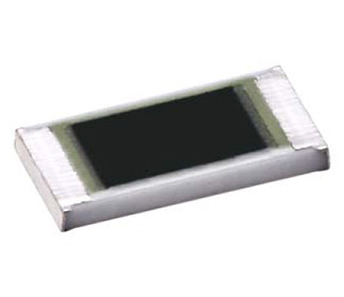 Trimmable Thick FilmChip Resistor
Trimmable Thick FilmChip Resistor
-
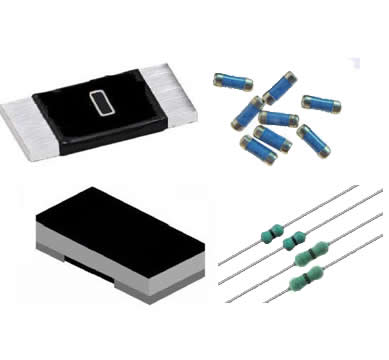 Jumper Resistor
Jumper Resistor
-
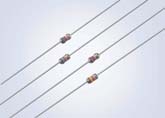 Ignition Resistor
Ignition Resistor
-
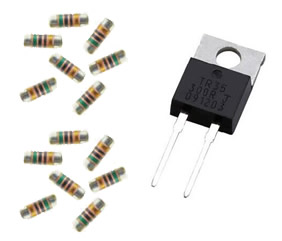 High Frequency Resistor
High Frequency Resistor
-
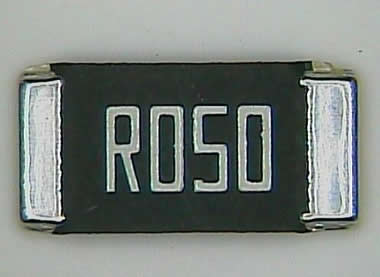 Milliohm Resistor
Milliohm Resistor
-
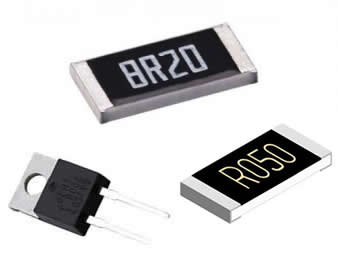 Non-Inductive Resistor
Non-Inductive Resistor
-
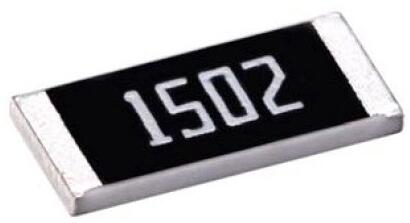 Surge Resistor
Surge Resistor
-
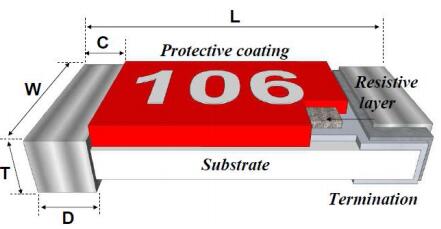 Safety Resistor
Safety Resistor
-
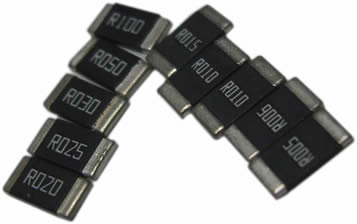 Alloy Resistor
Alloy Resistor
-
 KB RESISTOR
KB RESISTOR
-
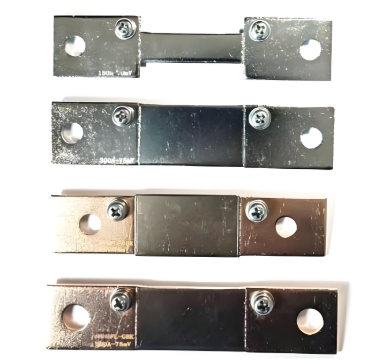 GFL Precision Shunt Resistor
GFL Precision Shunt Resistor
-
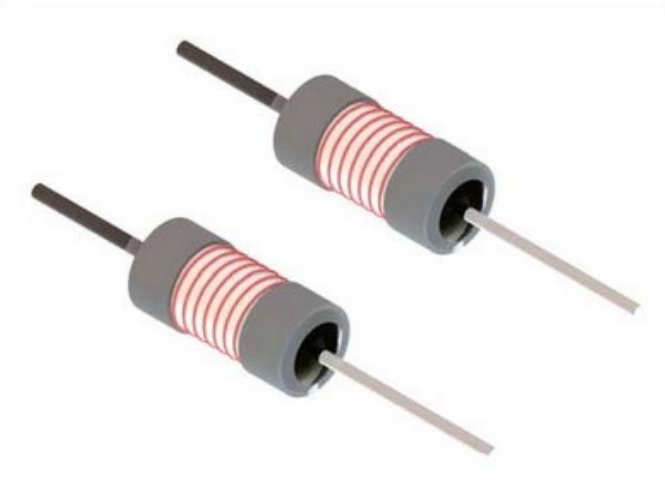 RFX21-T low-power full-short-circuit resistors
RFX21-T low-power full-short-circuit resistors
-
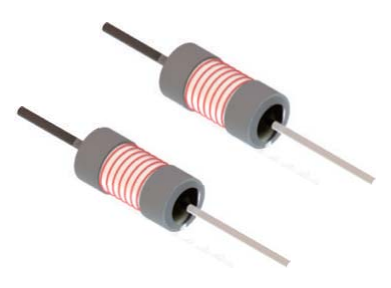 RXF21-TE power-type full-short-circuit temperature fuse resistors
RXF21-TE power-type full-short-circuit temperature fuse resistors
-
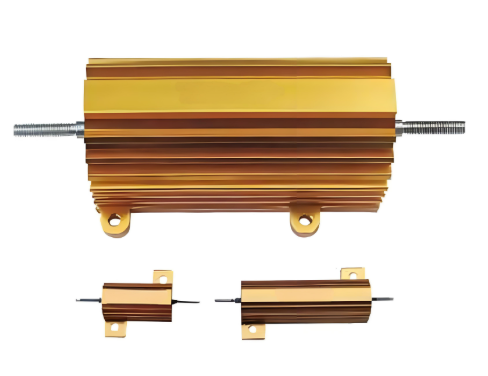 RE power aluminum case wound resistor
RE power aluminum case wound resistor
-
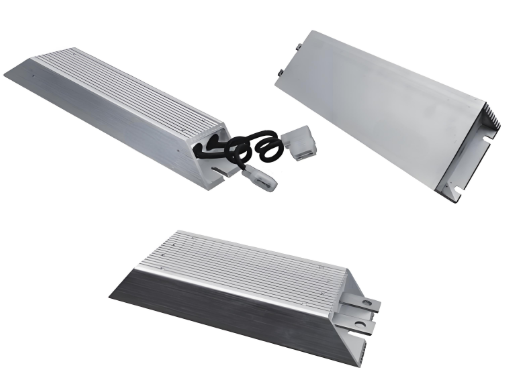 RXLG high power aluminum encased wire - wound resistors
RXLG high power aluminum encased wire - wound resistors
-
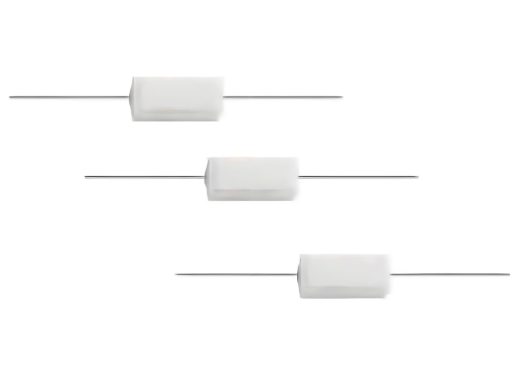 RX27 power ceramic encased wire - wound resistors
RX27 power ceramic encased wire - wound resistors
-
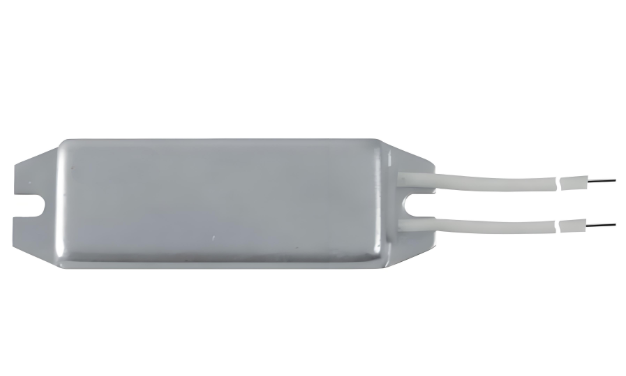 RXL power aluminum encased wire - wound resistors
RXL power aluminum encased wire - wound resistors
-
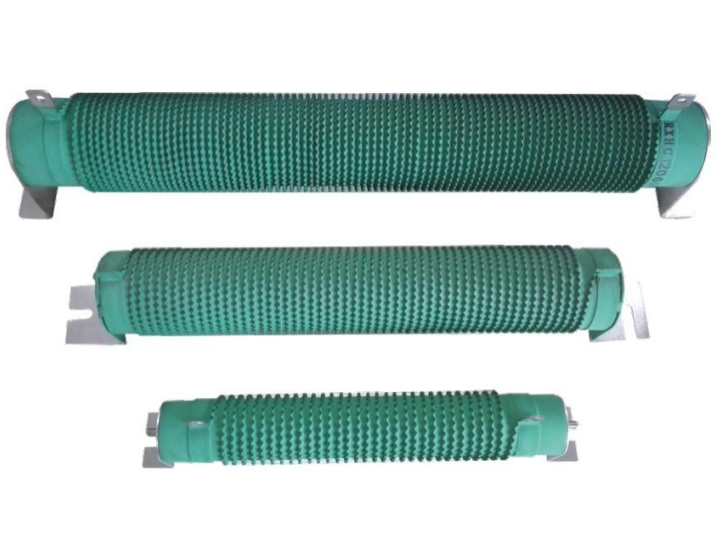 RXHGI high power wane ripple coated wire - wound resistors
RXHGI high power wane ripple coated wire - wound resistors
-
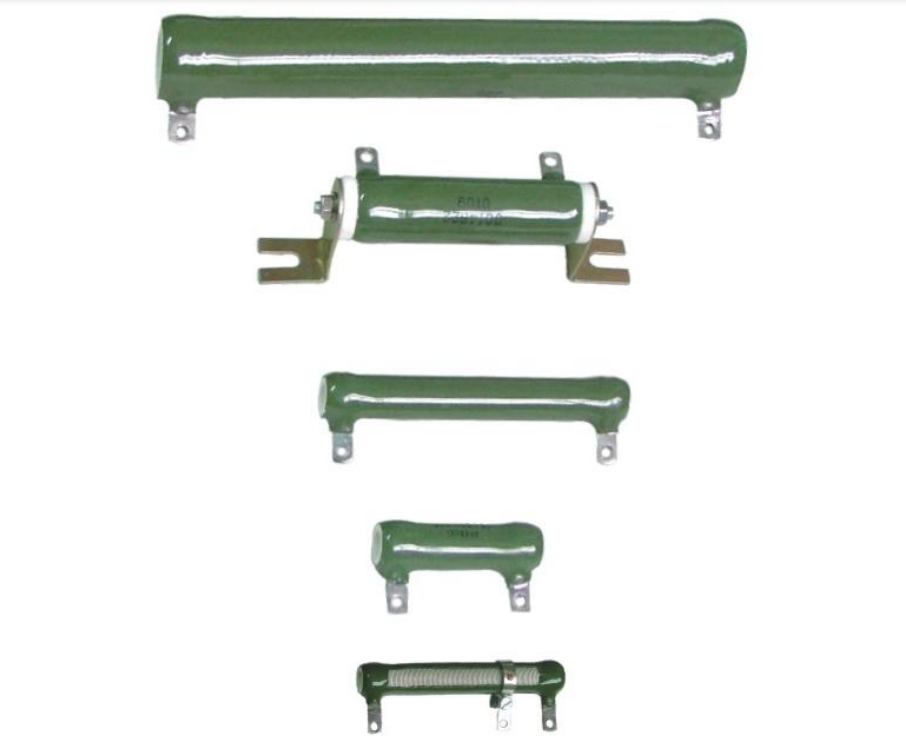 RX20 high power vitreous enameled wire - wound resistors
RX20 high power vitreous enameled wire - wound resistors
-
 RX24 aluminum encased power wire - wound resistors
RX24 aluminum encased power wire - wound resistors
-
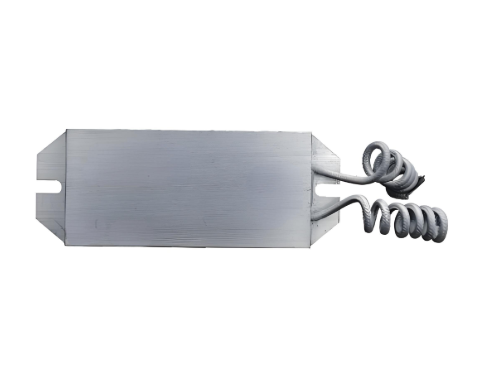 RXLB power aluminum encased wire - wound resistors
RXLB power aluminum encased wire - wound resistors
-
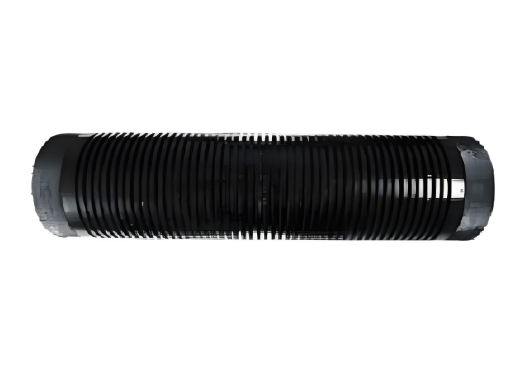 RXLG - A (RXG) high power aluminum alloy resistor
RXLG - A (RXG) high power aluminum alloy resistor
-
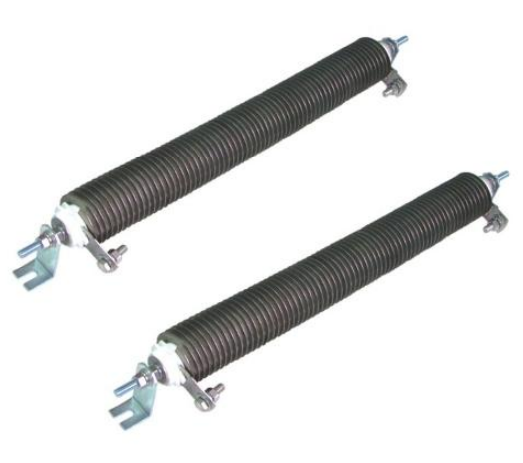 REWR huge power circular edge wound resistors
REWR huge power circular edge wound resistors
-
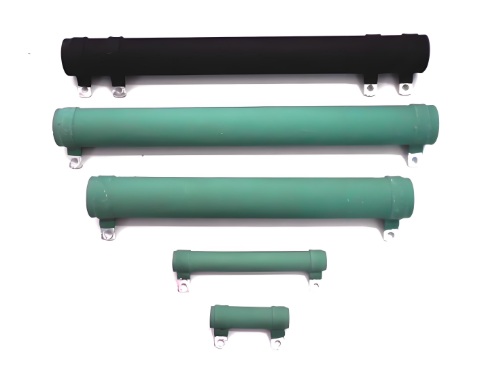 RXGI high power coated wire - wound resistors
RXGI high power coated wire - wound resistors
-
Low TCR Resistor Power Rating: Selection Guide, Applications & How to Avoid Overheating

1. What Is a Low TCR Resistor Power RatingThe power rating of a low TCR resistor specifies the maximum power ($P$) it can safely dissipate without exceeding its temperature limit (typically 125°C–1...
-
Low TCR Resistor Arrays: A Guide to Matched TCR, Precision, and Applications
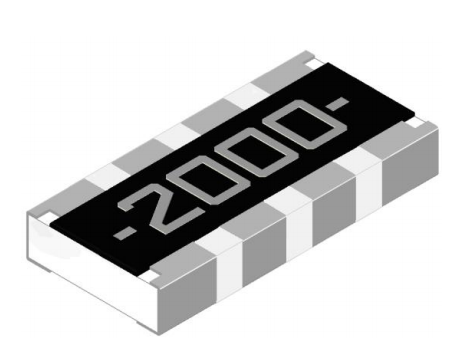
Low TCR Resistor Arrays: A Guide to Matched TCR, Precision, and ApplicationsIn precision circuit design, managing individual component drift is challenging enough. But what happens when you need multi...
-
High Temperature Power Resistors: Applications, Specifications & Selection Guide for Extreme Environments
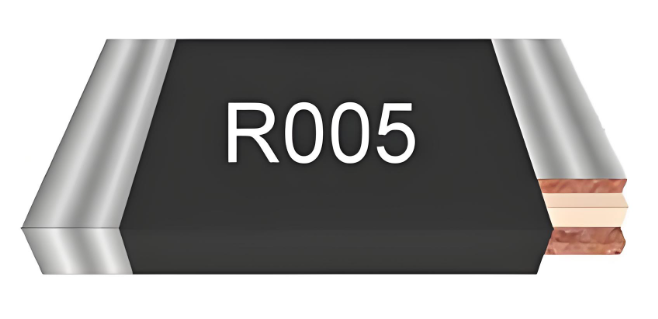
Table of ContentsIntroductionKey Applications in Extreme EnvironmentsTechnical Specifications & Performance MetricsSelection Guide for High Temperature ResistorsAddressing Thermal Stability Challe...
-
High Frequency Non-Inductive Resistors for RF, Microwave, and Power Electronics – Selection Guide & Applications
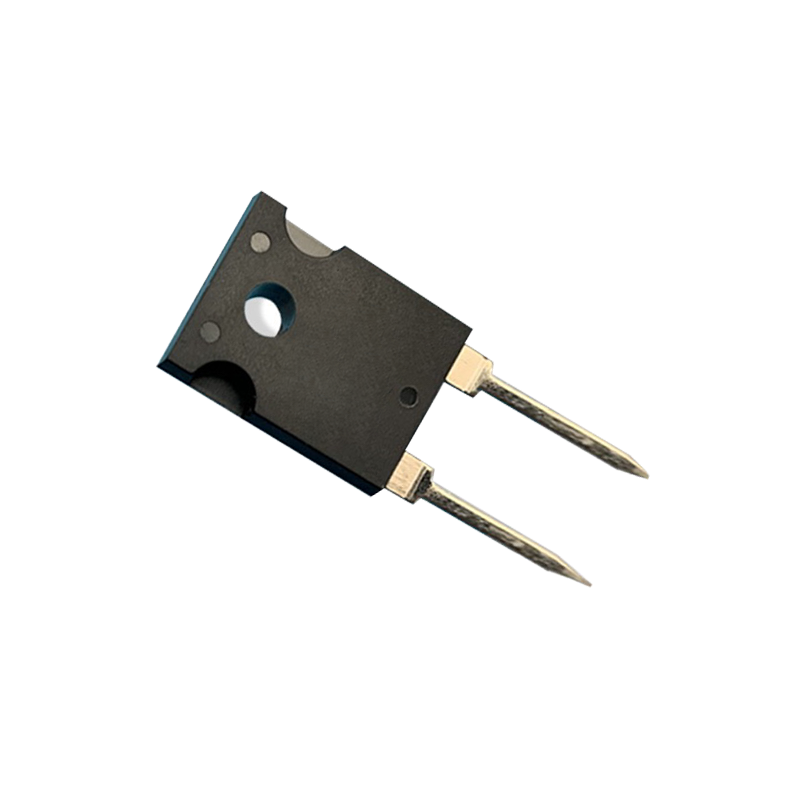
Title: High Frequency Non-Inductive Resistors for RF, Microwave, and Power Electronics – Selection Guide & ApplicationsIntroductionThis High Frequency Non-Inductive Resistors for RF, Microwave, ...
-
100kV High Voltage Resistors: Technical Specs, Harsh Environment Applications & Expert Selection Guide for Power Grids, Particle Accelerators & Industrial Systems
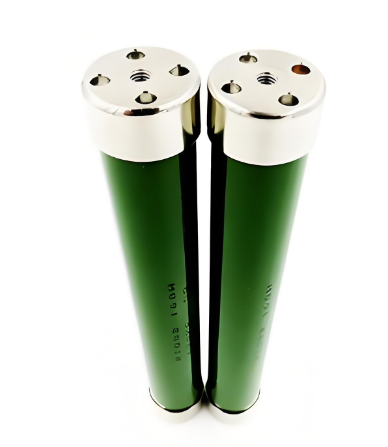
Technical Specifications of 100kV High Voltage ResistorsTo perform reliably in 100kV systems, resistors must meet rigorous performance criteria. Below are critical parameters and their impact on funct...
-
Alloy Resistor Advantages: Low TCR, High Power Handling & Stability Explained
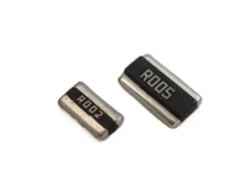
<!-- Introduction -->Why Alloy Resistors Outperform Traditional OptionsIn precision electronics, resistor selection directly impacts system reliability. Alloy resistors have emerged as superior soluti...
-
Carbon Disc Resistor Current Rating: 1A-5A Charts, Power Supply/Audio Use & Overload Fixes
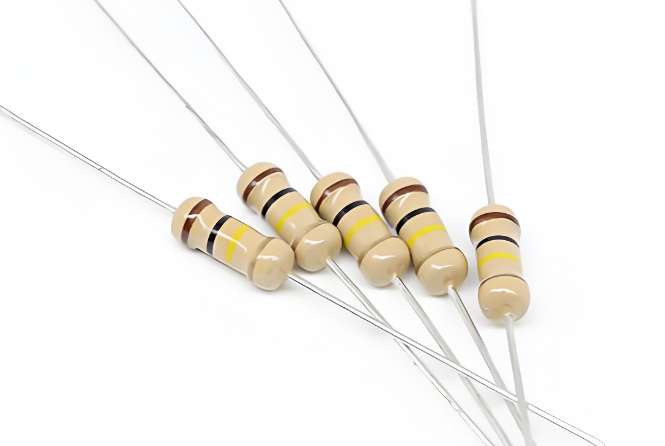
Carbon disc resistors are widely used in low-to-moderate power circuits, but their current rating—how much current they can safely carry without overheating—is a critical parameter often overlooke...
-
High Current Shunt Resistors for Accurate Current Measurement in EVs, Batteries, and Power Supplies – Selection Guide & Buying Tips
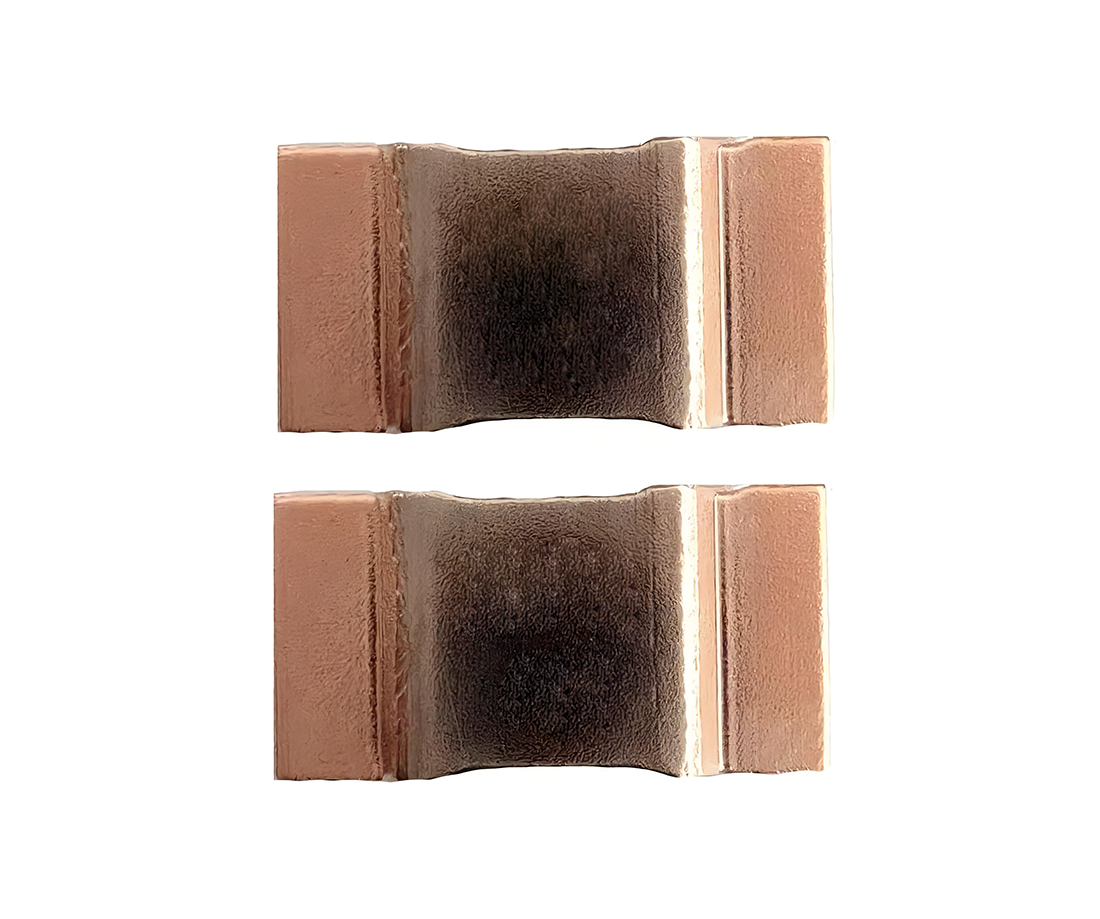
Title: High Current Shunt Resistors for Accurate Current Measurement in EVs, Batteries, and Power Supplies – Selection Guide & Buying TipsIntroductionHigh current shunt resistors are the unsung ...
-
1 Watt Carbon Disc Resistors: Specs, Power Supply/Audio Use & Overheating Fixes (1kΩ-100kΩ)
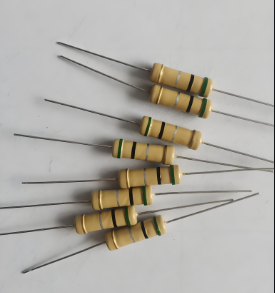
1 Watt carbon disc resistors are a workhorse in electronics, balancing power handling with cost-effectiveness for moderate-load circuits. Whether you’re designing a power supply, audio amplifier, or...
-
High Frequency Resistor Selection Guide for RF, Microwave, and 5G Circuits – Design Tips, Datasheet Insights & Buying Advice

Title: High Frequency Resistor Selection Guide for RF, Microwave, and 5G Circuits – Design Tips, Datasheet Insights & Buying AdviceIntroductionThis High Frequency Resistor Selection Guide for RF...
-
Metal Alloy Resistor: High-Precision, Low-TCR Current Sensing Solutions for Harsh Environments
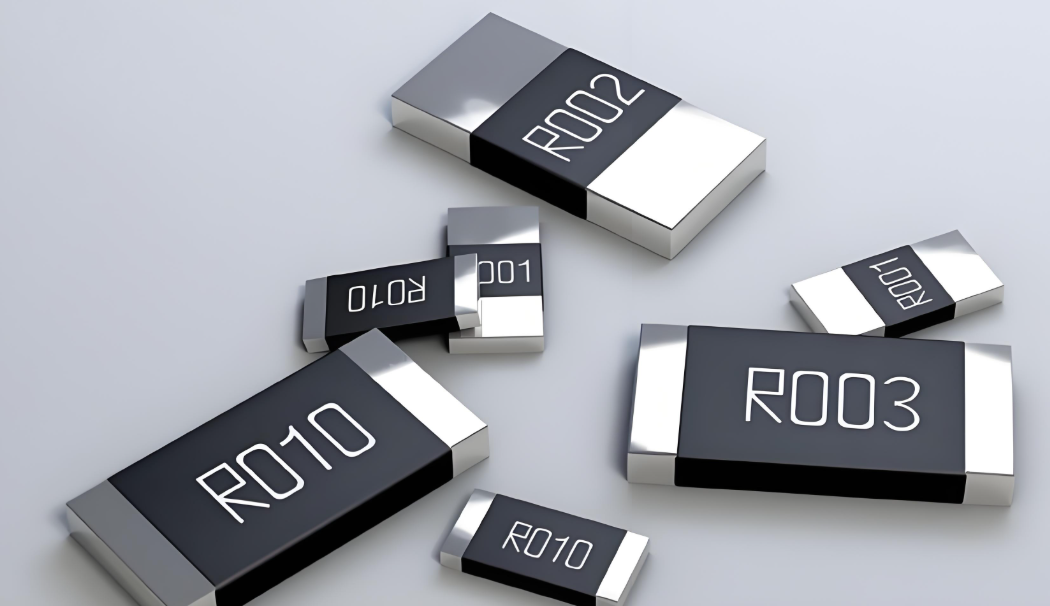
IntroductionMetal alloy resistors are critical components in modern electronic circuits, offering high precision and stability. These resistors are designed to provide accurate current sensing in a va...
-
High Current Low TCR Thick Film Resistor for International Market - Long-term Stability
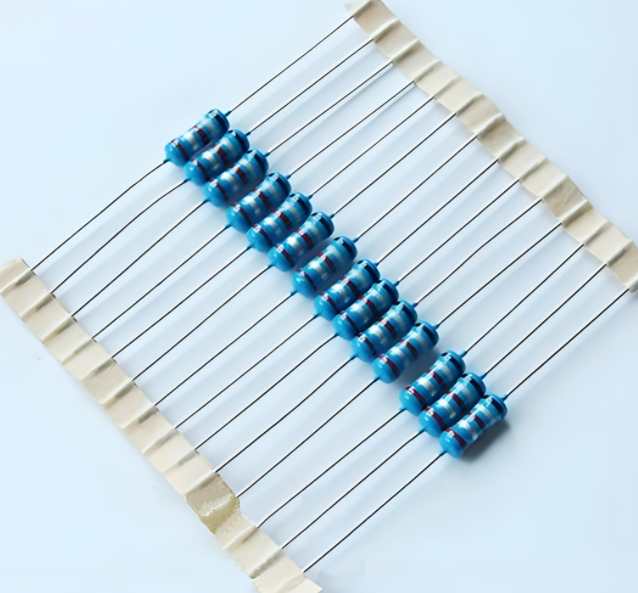
High Current Low TCR Thick Film Resistor for International Market - Long-term StabilityIn the global electronics market, high current low TCR thick film resistors have become increasingly important fo...
-
low TCR resistor vs standard chip resistor
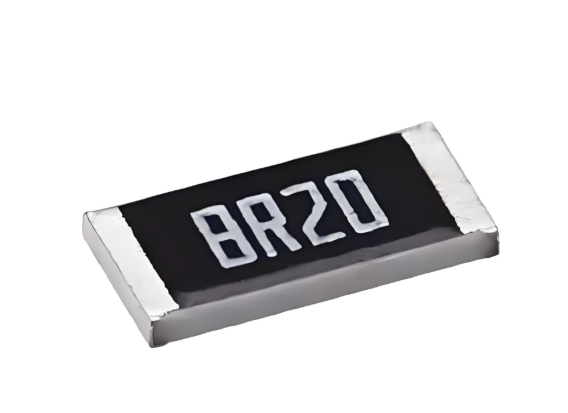
Low TCR Resistor vs Standard Chip Resistor: Key Differences & Best ApplicationsIntroductionWhen designing precision circuits, selecting the right resistor type is critical. Two common choices are ...
-
Why Use Low TCR Resistors? The Key to Stable Circuit Performance
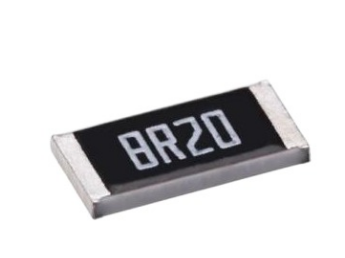
Why Use Low TCR Resistors The Key to Stable Circuit PerformanceIn electronic design, a resistor's value is often considered a constant. However, this is a simplification that can lead to significa...
-
Optimizing Electric Traction Systems with High-Performance Carbon Disc Resistors: Applications, Benefits & Selection Tips
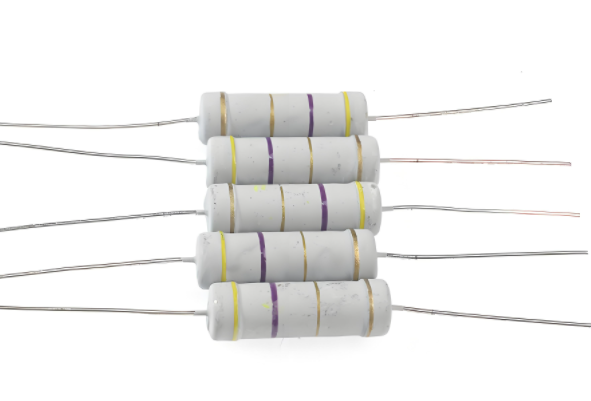
Optimizing Electric Traction Systems with High-Performance Carbon Disc Resistors: Applications, Benefits & Selection Tips<nav></nav>IntroductionElectric traction systems are at the heart of modern...
-
High Precision Metal Film Resistors: Low TCR for Maximum Stability
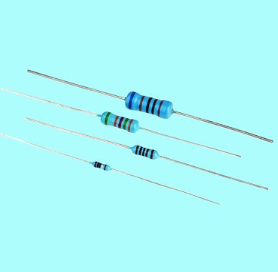
In the intricate landscape of modern electronics, high precision metal film resistors have emerged as a vital component, with their low Temperature Coefficient of Resistance (TCR) being a defining cha...
-
High Precision Metal Film Resistors | 0.1% Tolerance, Low TCR (5ppm/°C), Military-Grade
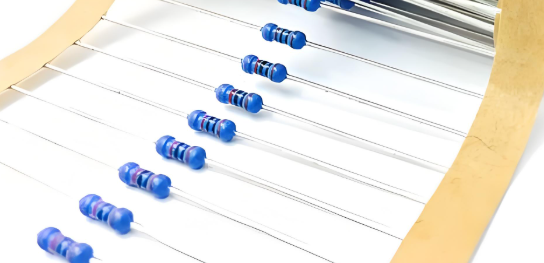
High Precision Metal Film Resistors | 0.1% Tolerance, Low TCR (5ppm/°C), Military-Grade<!-- Introduction -->IntroductionHigh precision metal film resistors are critical components in advanced electro...
-
Carbon Disc Resistors 1kΩ-100kΩ 5%-1% Tolerance: Specs, Audio/Power Supply Use & Supplier Guide
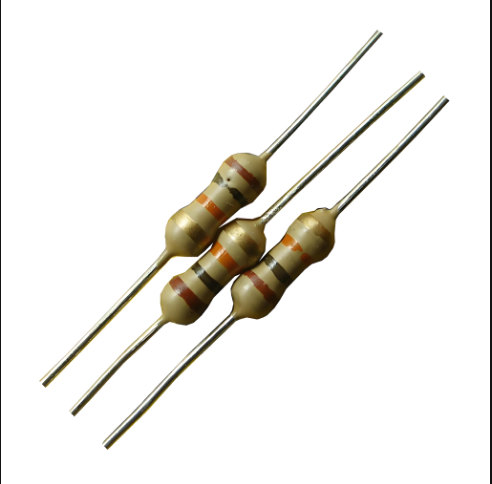
Carbon disc resistors remain a staple in electronics design, valued for their cost-effectiveness and stability in moderate-power applications. Among the most searched variants are those spanning 1kΩ ...
-
Trimmable Thick Film Resistor Characteristics: Detailed Insights into Key Features, Applications, and Selection Criteria for Engineers

Trimmable Thick Film Resistor Characteristics: Detailed Insights into Key Features, Applications, and Selection Criteria for EngineersTrimmable thick film resistors are essential components in various...
-
10kV High Voltage Resistors: Specifications, Applications & Top Suppliers for Industrial, Power Transmission & Test Equipment
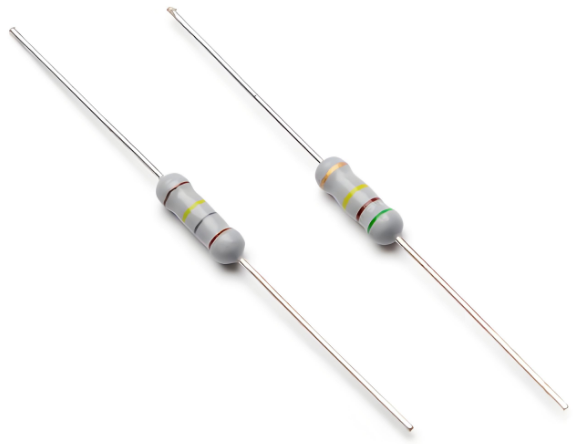
Technical Specifications of 10kV High Voltage ResistorsTo ensure reliability in high-voltage environments, 10kV resistors must meet strict performance criteria. Below are critical parameters to evalua...
-
Low TCR Resistor Power Rating: Selection Guide, Applications & How to Avoid Overheating

1. What Is a Low TCR Resistor Power RatingThe power rating of a low TCR resistor specifies the maximum power ($P$) it can safely dissipate without exceeding its temperature limit (typically 125°C–1...
-
Low TCR Resistor Arrays: A Guide to Matched TCR, Precision, and Applications

Low TCR Resistor Arrays: A Guide to Matched TCR, Precision, and ApplicationsIn precision circuit design, managing individual component drift is challenging enough. But what happens when you need multi...
-
Why Use Low TCR Resistors? The Key to Stable Circuit Performance

Why Use Low TCR Resistors The Key to Stable Circuit PerformanceIn electronic design, a resistor's value is often considered a constant. However, this is a simplification that can lead to significa...
-
low TCR resistor vs standard chip resistor

Low TCR Resistor vs Standard Chip Resistor: Key Differences & Best ApplicationsIntroductionWhen designing precision circuits, selecting the right resistor type is critical. Two common choices are ...
-
High Current Low TCR Thick Film Resistor for International Market - Long-term Stability

High Current Low TCR Thick Film Resistor for International Market - Long-term StabilityIn the global electronics market, high current low TCR thick film resistors have become increasingly important fo...
Resistor Supplies - Jepsun Tech Corporation
JEPSUN INDUSTRIAL is committed to always being one of our customers' favorite suppliers.
+86755-29796190 +8615920026751 [email protected]
Huangjiazhongxin building Donghuan Road Longhua District SHENZHEN City, GUANGDONG Prov. CHINA 518000

